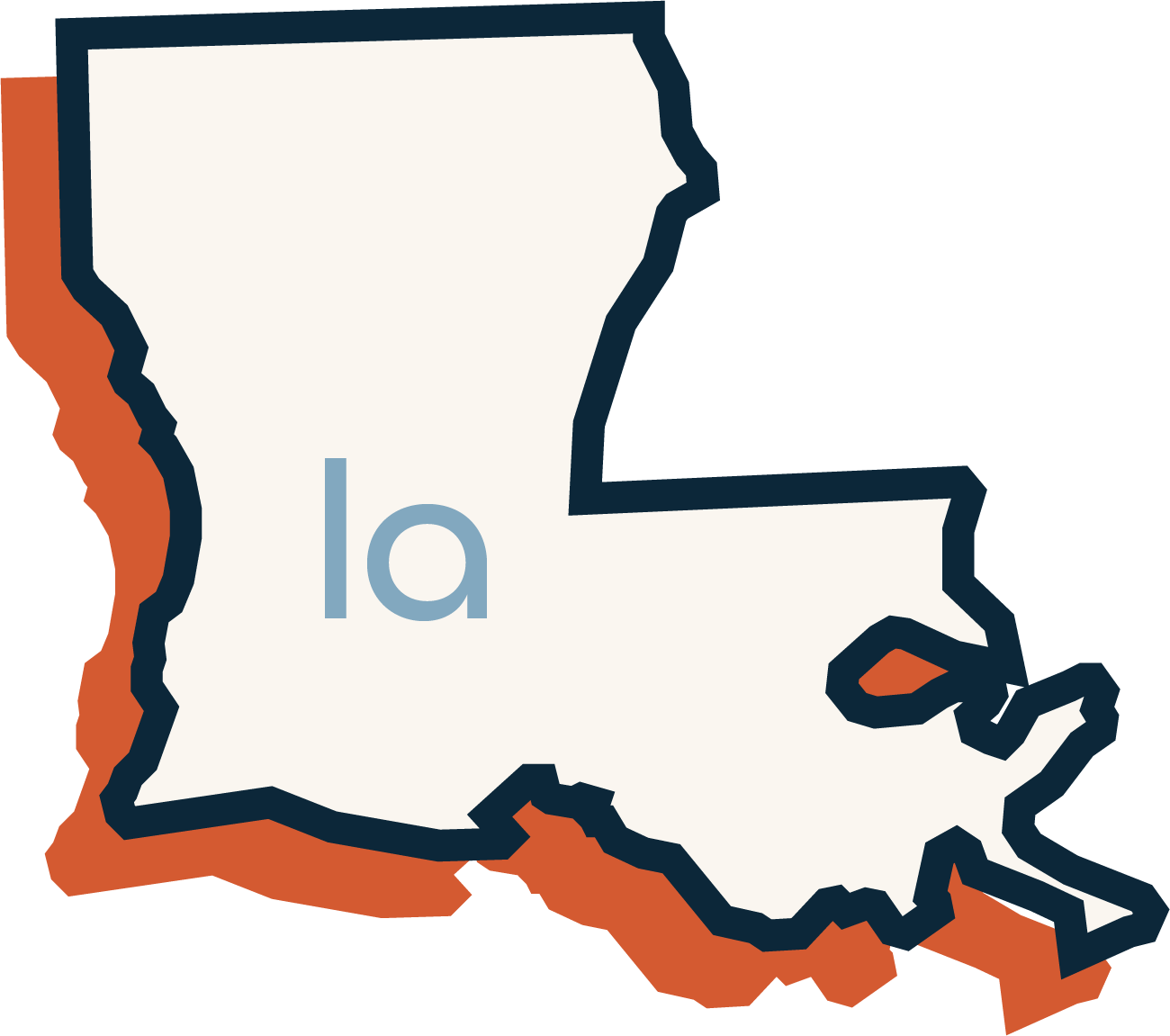Products

Observing Democracy
The Center for New Data’s work is driven by a sense of urgency to protect democracy for all. We develop new data products that empower our partners to defend the right of American citizens to access our democratic institutions.
Voting Access Monitor
Our Voting Access Monitor (VAM) aggregates various trusted data sources containing demographic, geographic, and electoral indicators. VAM’s interactive visualizations provide summarized and detailed information about where polling locations have been opened and closed at the state and county level in the last decade.
-

Voting Access Monitor
Our partners can access dynamic data visualizations that illustrate disparities in access to polling locations across the US. These visualizations help support voting rights advocates and attorneys fighting to improve voting for registered voters in underrepresented communities.
-

Voting Access Reports
Center for New Data can provide the analysis and data points needed to support advocacy letters and conversations from the county to the state level. Our data set can also be leveraged to create customized reports to explore inequities and answer specific partner questions.
-

Voting Access Data
Partner organizations can request direct access to Center for New Data’s database for their data team to conduct deeper analysis.
Analytics for Democracy
Civic partners can track differences in access to the polls between counties in their state. They can also see whether the average number of people served by their polling location has increased or decreased over time.
Users can overlay this information against key equity indicators such as race, median income, population density, and access to public transit.
Equipped with this information, voting rights organizations can fight for equitable access to polling locations and advocate for United States voters.
Available in
Data from the Voting Access Monitor is currently available for a number of priority states (Georgia, Louisiana, Mississippi, North Carolina, Ohio, Pennsylvania, South Carolina, and Wisconsin) where our partners can maximize their impact on voting rights. We are constantly adding data for new states, in consultation with our partners.
If you would like to see data for your state, contact us here.
Delivering new insights into voting access using AI
Center for New Data is actively exploring ways to leverage AI technology to bring insights to local data collected by our community partners, such as voter experience testimonials and county accessibility audits from disability advocates. We can help voting rights organizations set up data warehouses, uniformize data and identify patterns that tell powerful stories of voting access in their communities.












